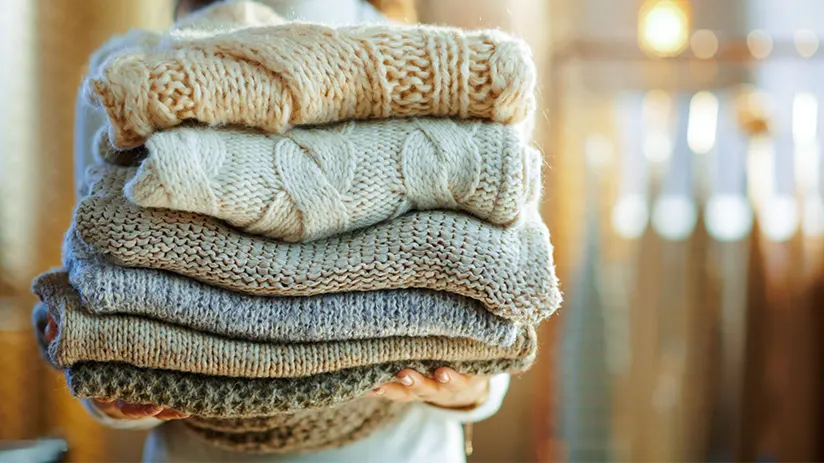The alpaca is an emblematic animal of Peru, native to the Andean region, and a symbol of indigenous communities. In recent years, its unique fiber has gained international recognition, making it a textile heritage of humanity. Today, several Peruvian clothing brands develop unique, delicate, and exclusive pieces with this material. Therefore, if you are considering visiting Peru, we recommend purchasing one and enjoying its warmth, softness, and comfort.
Therefore, the harmonious combination of traditional craftsmanship and modern techniques captivates international runways, delighting international fashionistas. Besides, its commitment to caring for the environment and preserving Andean traditions makes it widely valued. Therefore, the Machu Travel Peru team wants to share everything about this excellent product that captivates many worldwide travelers.
Discover everything about the most sophisticated and exclusive garments:
- Alpaca wool
- Alpaca clothing of Peru
- Sustainability and environmental impact
- Alpaca fiber techniques
- Uses of Alpaca Fiber
- Alpaca clothing care
- Frequently asked questions
Alpaca wool

For centuries, ancient people valued alpacas, like llamas, for their fiber, the primary material for wool. However, the main difference is that the former stands out for its softness and durability. Alpaca fiber is usually heavy or light, making it a versatile option for making various types of garments. Unlike cotton, alpaca fiber has a lower water retention rate than usual, making it almost waterproof.
Another of its main characteristics is its insulating property. Like the wool of some animals, alpaca wool is a natural protective barrier against inclement weather. Furthermore, its unique hollow structure traps microscopic air bubbles that retain heat when needed and expel them when not.
Unlike other fibers, which tend to be heavier and thicker, alpaca fiber is terrific for warm and cold climates. Moreover, owing to its structure, it wicks away moisture in summer and draws heat away from the body. Thanks to these diverse qualities, alpaca wool is a luxury fabric. In addition, we can find two types of this wool:
Huacaya
The Huacaya alpaca is physically similar to some llamas, with a voluminous, curly coat. One of the main differences from the llama is its natural, fluffy, and curly fur. This characteristic is particularly special when knitting because it is beneficial for knitwear. Sweaters or jackets exemplify alpaca Huacaya garments.
Suri
Suri alpacas have longer, straighter hair and are easier to distinguish because of their distinctive coat. Their wool excels in various applications, as it transforms into multiple widths. This characteristic is essential for finer-textured garments, such as suits, dresses, and shirts. Curiously, they are a little rarer since, according to some stories, only Inca royalty possessed them.
Alpaca clothing of Peru
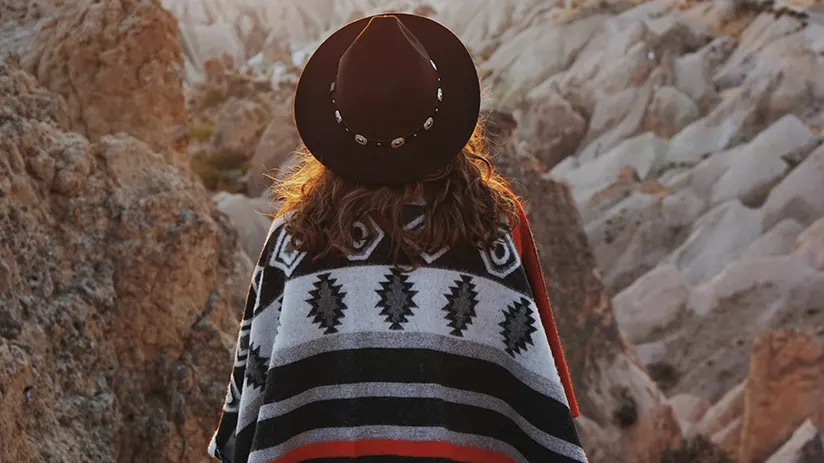
Peru is one of my favorite places to buy high-quality alpaca clothing. There are various options. Numerous shops sell commercial and handcrafted clothing in mountain towns and the capital. Many locals create designs and display them in craft markets, shops, and specialty stores.
You can find many garments and textiles everywhere; however, we recommend being careful because not all are 100% alpaca. Some manufacturers blend garments with regular or synthetic wool, making them more accessible and cheaper. Therefore, we recommend investing more in buying all-alpaca clothing in shops at a reasonable price. For us, the best option is specialized stores because they offer top-quality products.
Baby alpaca
Contrary to its name, this fiber does not come from baby alpacas but from the alpaca’s first shear. People from Peru, Bolivia, and Chile have tamed alpacas for thousands of years, undoubtedly a tradition that transcends time. Some scholars said that, during the Inca period, they specialized in breeding South American camelids.
Based on years of knowledge, people can select a much finer and softer fiber, which they call baby alpaca. Its main characteristic is the fiber diameter, which is much finer and softer than regular alpaca fiber. Although both types of wool are sophisticated, alpaca fiber stands out for its smoothest and silky look. Therefore, this valuable product requires a unique shearing process, which occurs only once a year, usually in spring.
Alpaca real
Royal alpaca is the finest and rarest, with fibers measuring less than 20 microns. Experts commonly use microns to measure the diameter of natural fibers. Compared to regular alpaca fiber, which has 26 and 30-micron fibers, royal alpaca is softer and warmer. Manufacturers often reserve royal alpaca fiber and its exceptional quality for more luxurious and exclusive garments, making it an excellent, sophisticated option.
Sustainability and environmental impact
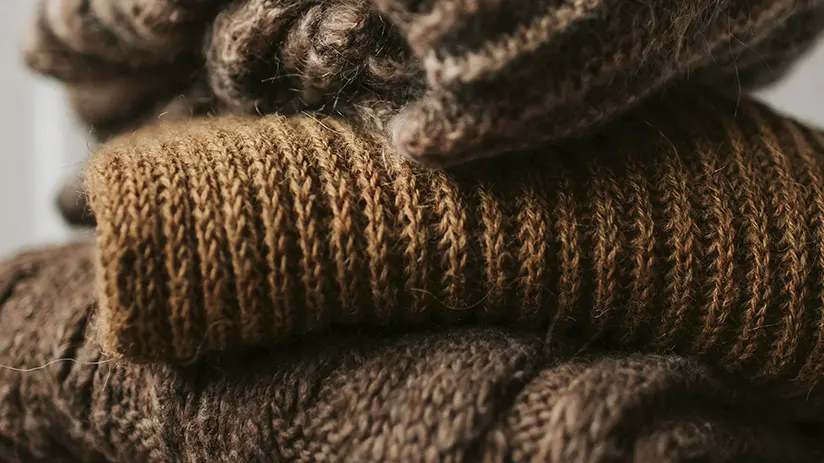
Alpacas have a minimal climate impact compared to other animals that produce natural fiber. They typically roam freely in their natural habitat, blending perfectly with nature. Raising them does not require large amounts of water or specialized feed, only from Andean plants, their primary food. Occasionally, ranchers shear them because it is beneficial for their health.
Although the alpaca is a low-impact animal, various artisans offer complete lines with sustainable approaches and ethical practices. They use traditional spinning and weaving techniques, avoiding synthetic products. Therefore, all those who offer products with this material seek compensation balanced by fair trade and their work.
Alpaca fiber techniques
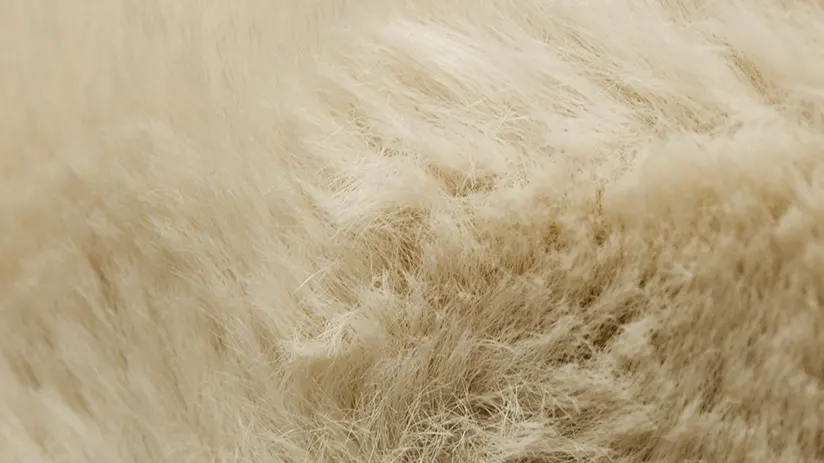
Needle felting
Artisans weave wool together through felting to form a compact structure. The technique involves firmly holding an alpaca fiber bundle and repeatedly piercing it until it creates a shape. Besides, you can find various colorful bags, clothing, hats, and scarves that this technique also produces.
Spinning into yarn
Since ancient times, some indigenous peoples have spun alpaca fiber to turn it into a ball of wool. This technique involves transforming alpaca fibers into yarn by twisting and stretching them. Although there are various spinning methods, one of the most traditional is using a spindle and a distaff. When people visit Cusco, several Indigenous places showcase live artisans spinning, one of the most characteristic being Chinchero.
Crocheting
Crochet is a hand-knitting technique that involves using a crochet hook, a short instrument with a small metal hook. The method involves passing one ring of yarn over another, intertwining them to form a light mesh. Various alpaca Knitwear Manufacturers offer spectacular pieces such as sweaters, vests, hats, and scarves.
Wool weaving
Wool weaving is a technique for making fabrics by interlacing threads. The result is a series of loops that crisscross and intertwine, ultimately creating a woven fabric. This technique requires time, patience, and practice, which, when combined, create spectacular and beautiful pieces. Scarves, blankets, and rugs are examples of things made using this technique.
Uses of Alpaca fiber

Alpaca fiber is versatile and can make many elegant, soft, and durable products. Some of the most notable garments include:
- Winter Clothing: Alpaca fiber’s thermal insulation makes it a favorite material for creating warm, lightweight winter garments. It makes elegant coats, luxurious sweaters, traditional ponchos, and soft scarves, providing protection and style for any occasion.
- Blankets and Rugs: Alpaca fiber blankets and rugs stand out for their exceptional warmth and lightness. Unlike other fibers, they do not retain moisture, ensuring a feeling of coolness in the summer and warmth in the winter.
- Fashion Accessories: Alpaca fiber is popular for fashion accessories because it is available in 20 natural hues. Designers can create elegant hats, shawls, thermal gloves, and sophisticated scarves, ideal for any season.
- Baby Products: Alpaca fiber is an exceptional choice for making baby clothing and accessories. The hypoallergenic and lanolin-free formula reduces the risk of irritation to sensitive skin. Bamboo Knitwear, pajamas, hats, and blankets are our favorite products, ensuring quality and safety in every garment.
Alpaca clothing care

Caring for alpaca clothing feels natural because it does not come from ordinary fibers. Alpaca garments are highly durable and resistant to odors and stains; however, they require some care. Below, we’ll discuss some care tips you should consider to keep your garments beautiful and luxurious for many years to come.
- The best way to keep it in excellent condition is to handwash it in cold water. Artisans (or manufacturers, depending on context) make alpaca garments from natural and delicate fibers, so they require special care.
- You should use a mild shampoo after soaking the garment for two or three minutes and gently rubbing it.
- To prevent the garment from shrinking, we should avoid wringing or twisting it. However, we suggest rolling the garment in a towel on a flat surface to squeeze out excess water.
- Avoid drying in direct sunlight. Drying in the shade is advisable to maintain the garment’s original color and prevent fading.
- Do not use a washing machine, iron, or dryer; this may alter the structure of the garment you purchased.
Frequently asked questions
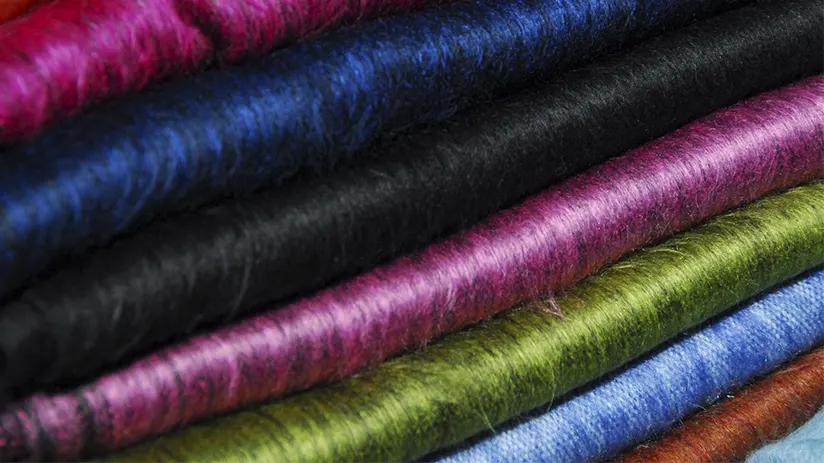
Why is alpaca clothing so expensive?
Peruvian alpaca garments are worth the price, thanks to their exceptional properties. Their durability, thermal comfort, elegance, and high quality make them one of the best souvenir options. They are, without a doubt, an exclusive and unique gift for anyone.
How can you tell if alpaca clothing is authentic?
Although it may seem challenging to identify a 100% authentic alpaca garment, some techniques will help you recognize it. The main one is to check if it has the “100% alpaca” or “baby alpaca” label because some artisans mix it with other fibers. Other factors include the feel, shine, and texture, which are often better than conventional fibers.
Where can I buy high-quality alpaca clothing in Peru?
Peru has several high-quality alpaca clothing stores and markets where we can find guaranteed garments. Cities like Cusco, Lima, Arequipa, and Puno are the leading destinations for purchasing products made with this fiber. You can find everything from exclusive Peruvian designer stores to beautiful artisan markets in these cities.
Which country is the largest producer of alpaca wool?
Peru is undoubtedly the largest producer of alpaca fiber globally, home to the world’s largest alpaca population. Furthermore, many international specialists recognize this country for exporting this fiber.
What to wear with alpaca clothing?
Alpaca garments showcase adaptability and elegance as designers and wearers combine them with different styles and types of clothing. Their natural range of colors allows them to match any wardrobe easily.
Are alpaca garments suitable for all seasons?
Although alpaca fiber is ideal for cold climates, it is also suitable for temperate and warm seasons. Unlike other fibers, alpaca fiber regulates body temperature, providing warmth without generating excess heat. Therefore, alpaca clothing is ideal for all seasons of the year.
Is alpaca fiber hypoallergenic?
Alpaca fiber is entirely hypoallergenic, as it does not contain lanolin, which can cause allergies or skin irritations. This curious characteristic makes it ideal for sensitive skin, children, and babies, offering a soft, discomfort-free texture.
Where can I buy high-quality alpaca fiber products?
Buyers can purchase authentic, high-quality alpaca fiber products in several ways. In addition to artisan markets and specialty stores in Peru, some brands offer their products online, allowing international access. However, physical stores in Peru offer a more authentic experience, where you can feel the fiber’s texture.
What are the disadvantages of alpaca wool?
Alpaca wool can have some disadvantages without proper care. However, you can avoid these issues by hand-washing garments in cold or warm water with a mild shampoo. Preventing twisting is essential to preserve their original shape.
“Sophisticated, durable, and high-quality require patience and hard work”
As we experienced on this wonderful trip, Peruvian alpaca clothing has a long history in Peruvian and Andean culture. Remember, this is just a glimpse of what this sustainable luxury fashion offers. The Machu Travel Peru team hopes we’ve helped you learn more about this incredible product. Don’t hesitate to contact us; we have much more to share about this fantastic place.
Peru has so much to offer, it can be hard to know where to start. With many years of experience in the tourism sector, Machu Travel Peru is happy to help with anything regarding your trip to Machu Picchu and any tours around it. Make your Machu Picchu experience an unforgettable one!
